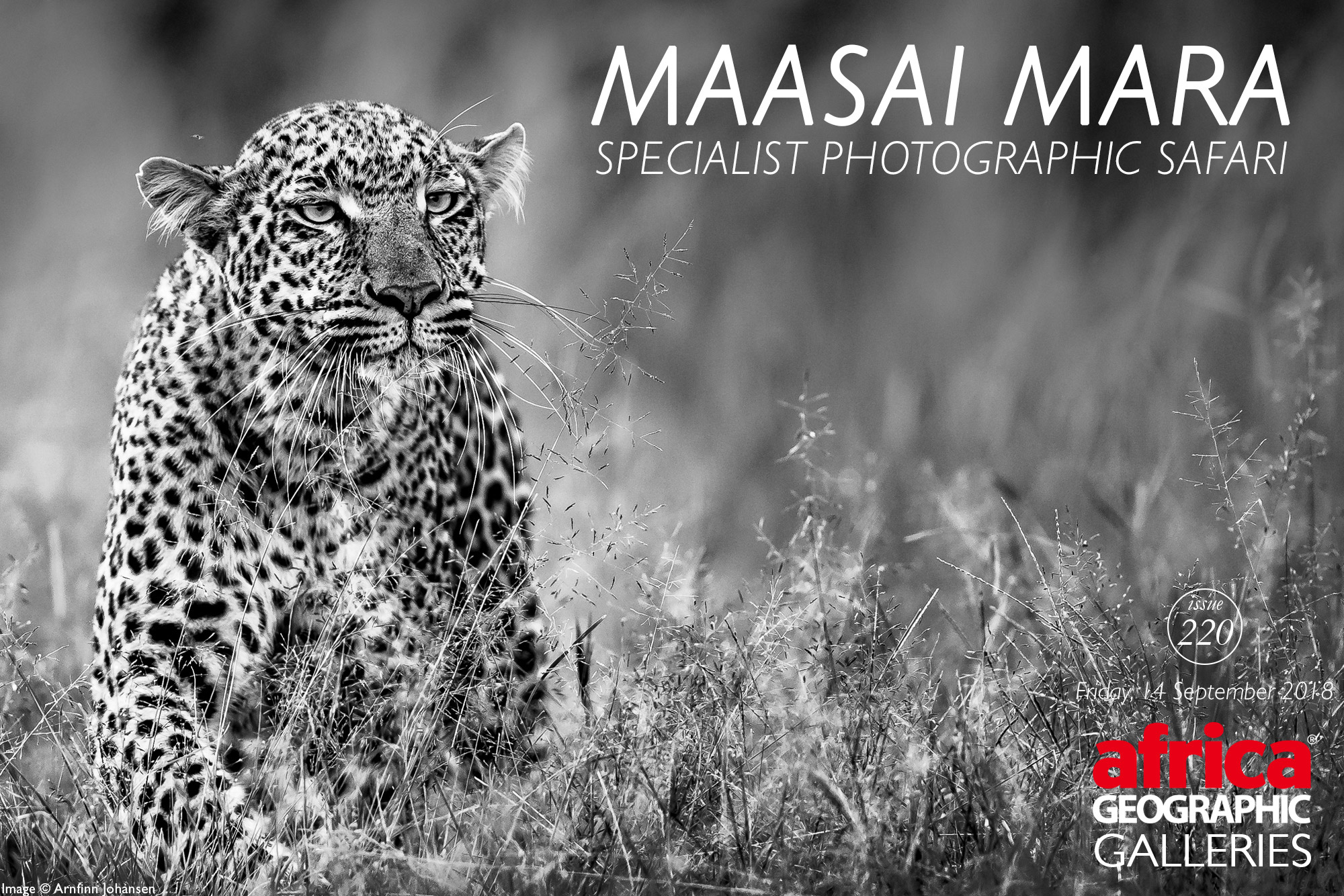
A one-of-a-kind photographic safari to Kenya's Maasai Mara

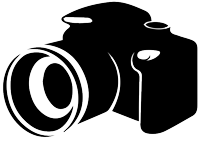
This is possibly the most exciting Maasai Mara photographic safari that we have seen in a while. Award-winning photographer Arnfinn Johansen will host four lucky Africa Geographic guests for nine days / eight nights, making use of a specially-adapted vehicle to secure epic wildlife images.
The Maasai Mara is renowned for the large numbers of resident big cats and, of course, for the Great Wildebeest Migration. A little-known secret about the Mara is that the best time to see and photograph the big cats is during the so-called ‘Secret Season’ when you get to encounter the cats without the crowds of tourists that follow the migration. Our July 2019 safari with Arnfinn is timed to avoid the crowds that arrive a month later and to give you the best chance of taking epic photos.
Arnfinn will ensure that you get up close and personal with Mara’s fantastic wildlife, and find those unique angles and light conditions that make the difference between good photos and truly amazing photos.
Before you read the details of this superb safari here, scroll down to see some incredible photos taken by Arnfinn in the Maasai Mara.
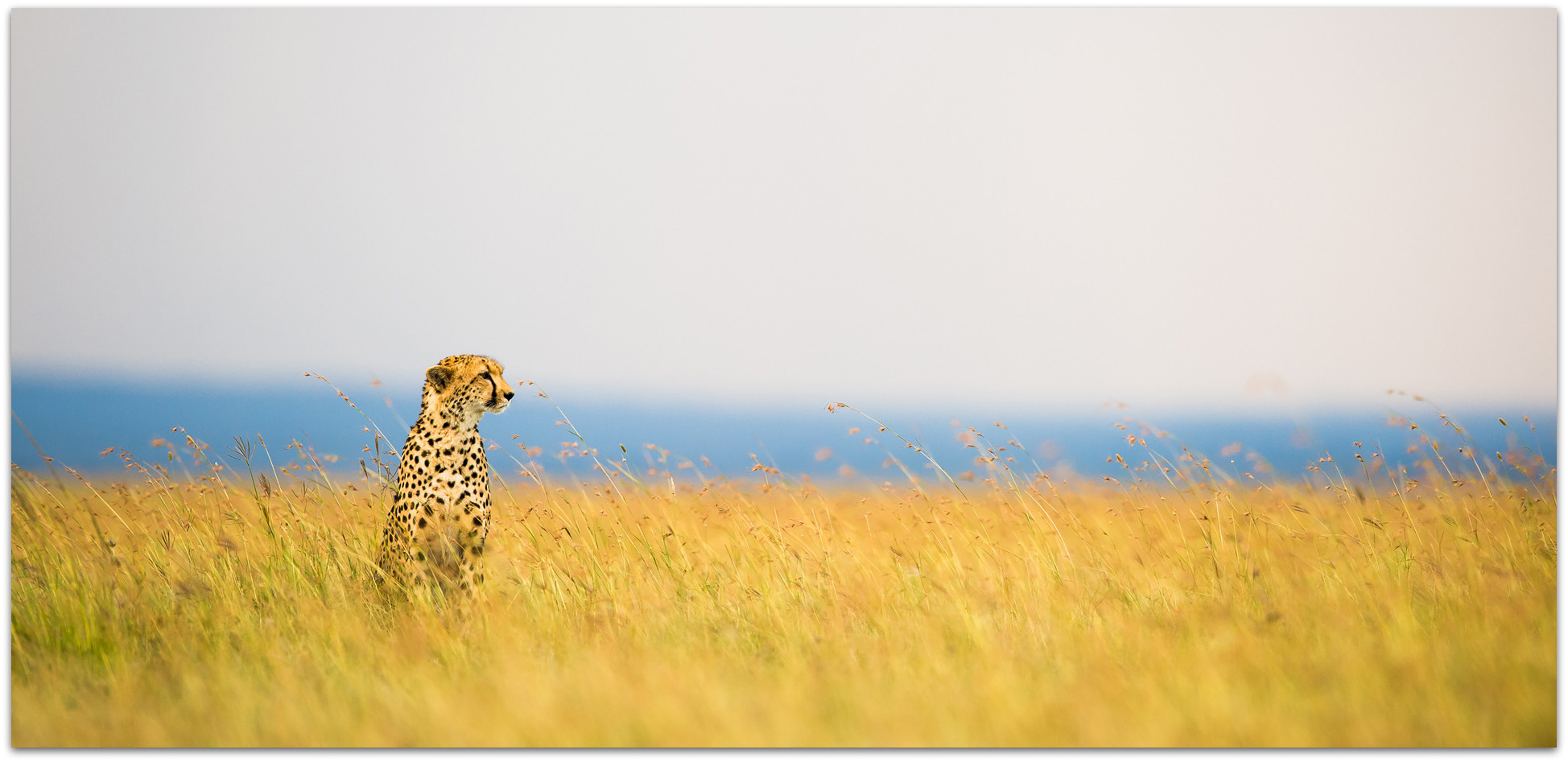
“The open grassland savannah of the Maasai Mara suits cheetahs, making this one of the best places to find and photograph these elegant cats. Composition is important, and sometimes open landscapes without distractions are the best way to emphasise the essence of the subject.”
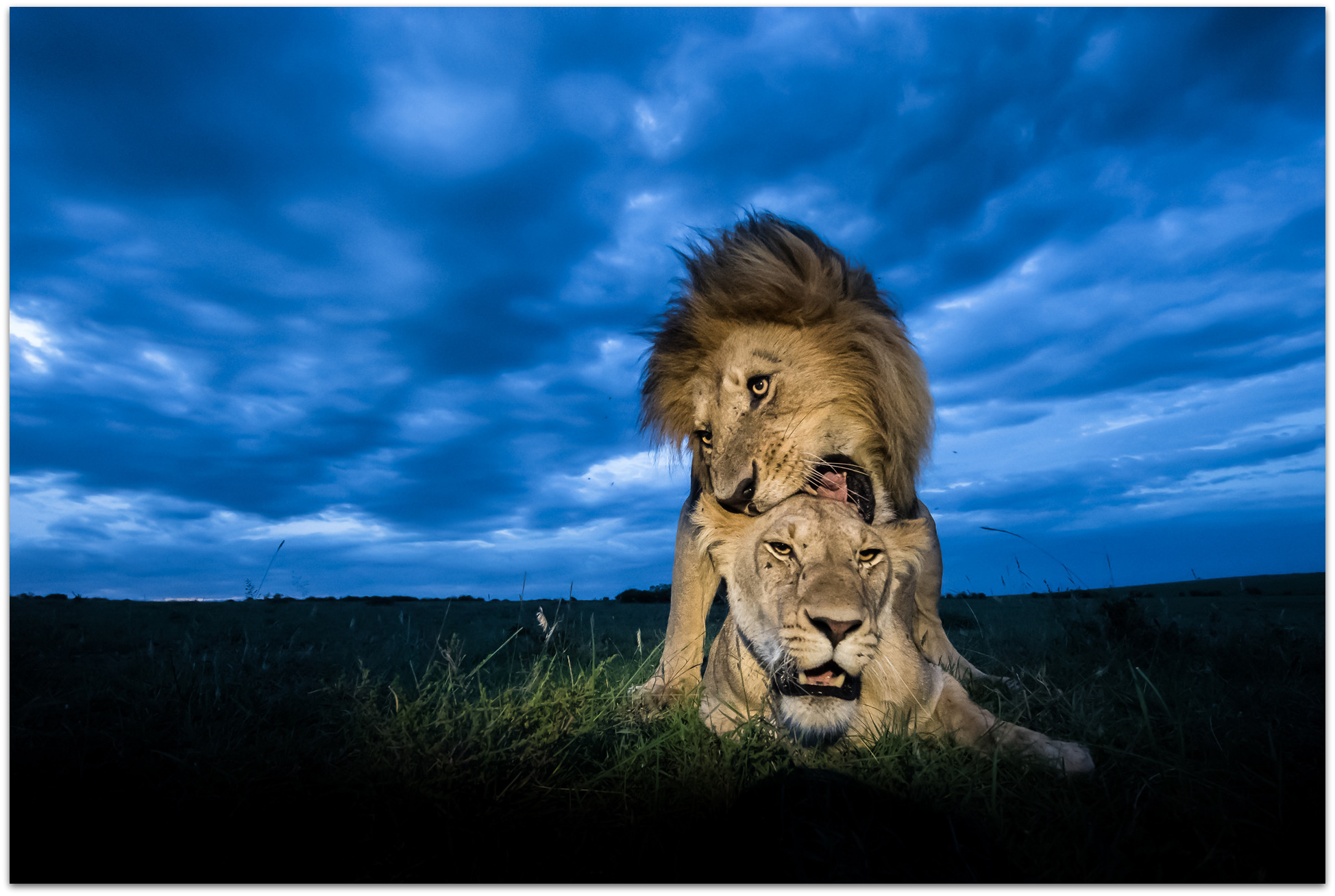
“These mating lions were photographed using a remote-controlled buggy with wifi control for the camera. Before dispatching the buggy, we always make sure that it will not intrude or scare the lions. We often make use of early morning and late night light, which we enhance with special torches that add a soft and warm dimension – resulting in images that are very different to those taken in broad daylight.”
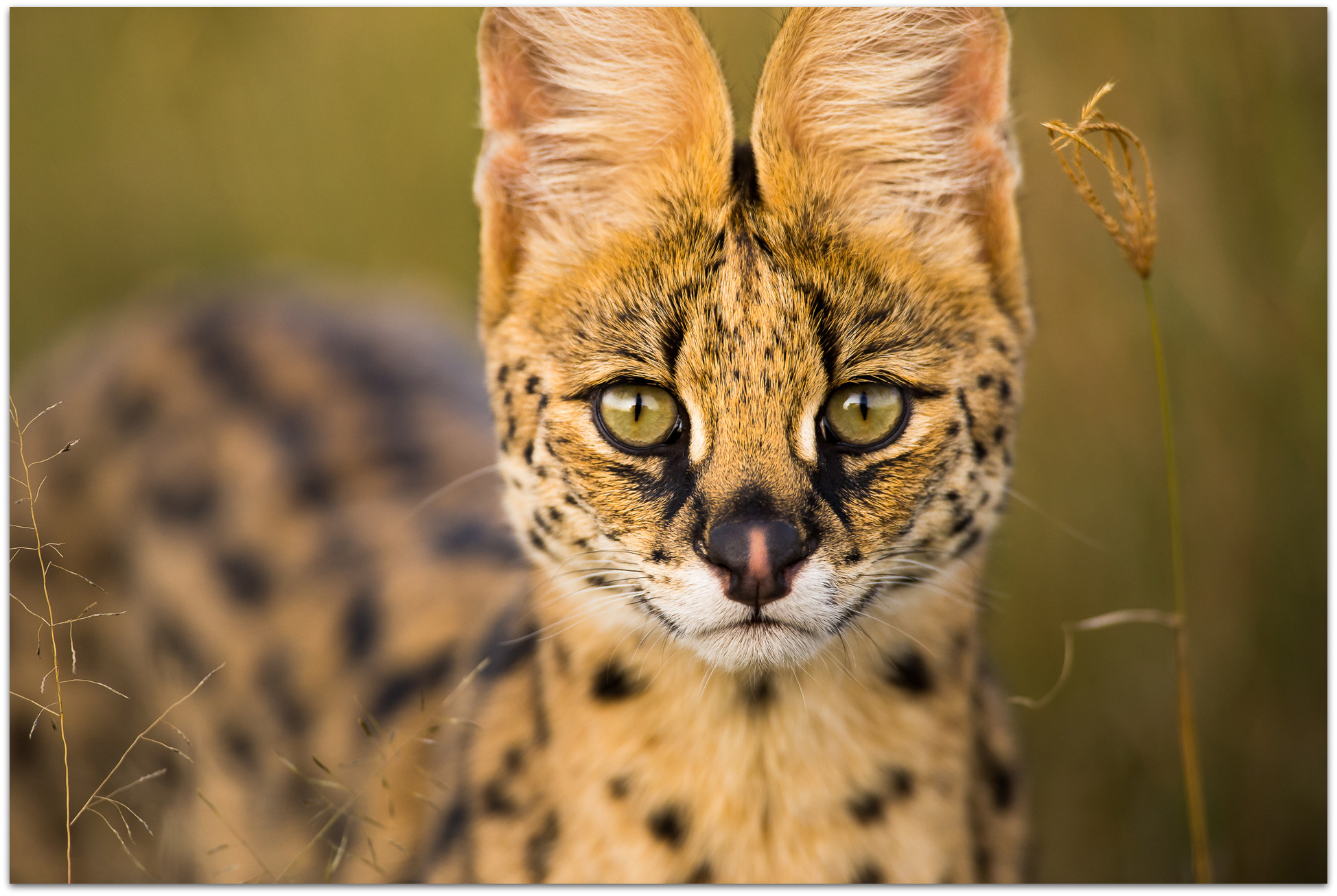
“Some view the serval as our most elegant cat, and a sighting is never guaranteed. This exquisite portrait was taken in fading light, again from the low angle of the specially-adapted game drive vehicle. Our drivers/guides are extremely skilled regarding the positioning of the vehicle, and we often position ourselves and wait for shy species like this to approach us – making for relaxed subjects and natural images.”

“The camp we stay at is located near Oltepesi Village, which is a genuine Maasai village. This close proximity to the village provides a unique opportunity to learn about the Maasai way of living, adding an authentic cultural experience to the journey. The villagers are our partners, and we have permission to photograph and film without asking for permission. Also, guests can choose to spend a night in a traditional Maasai house.”
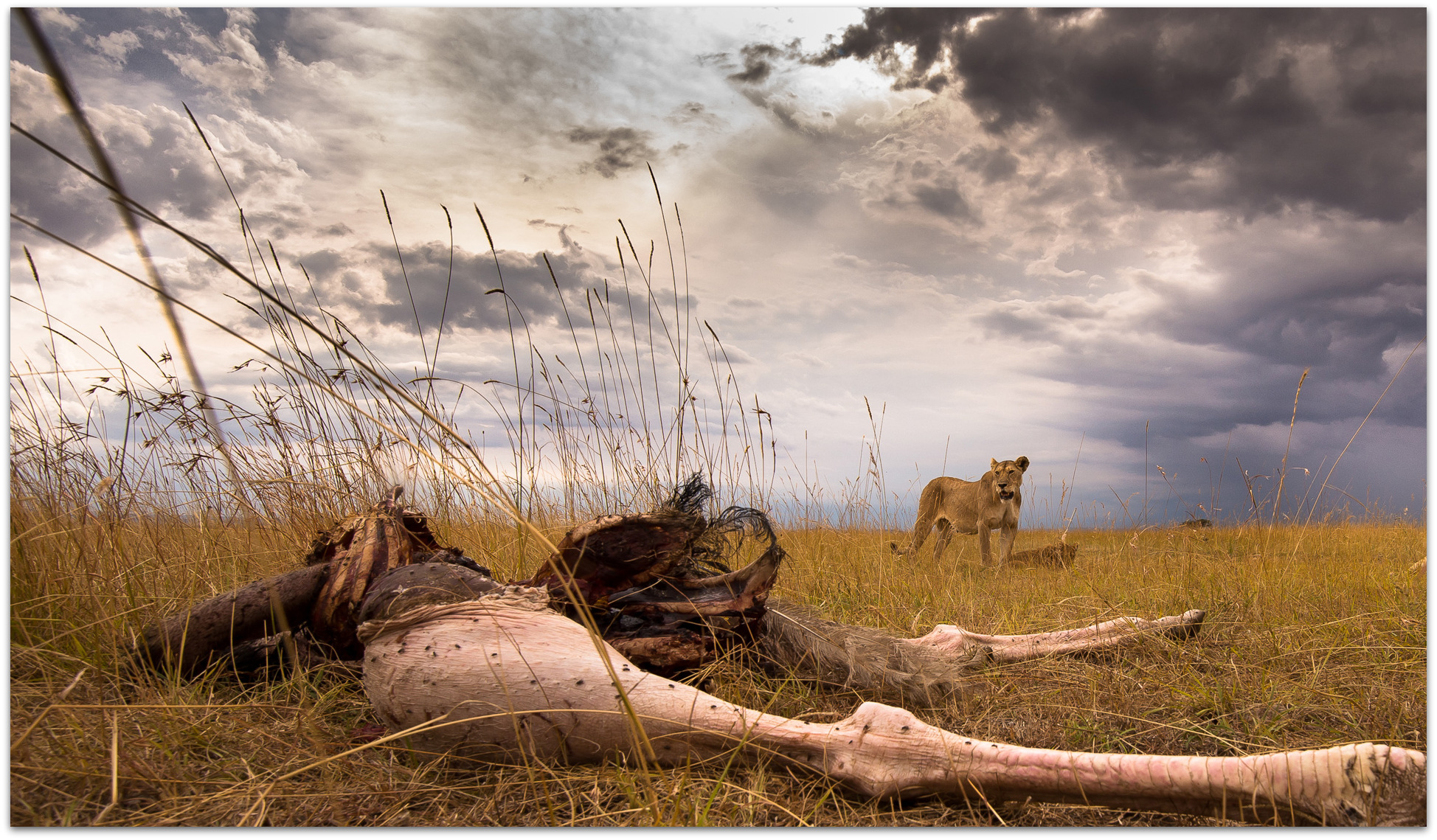
“Positioning a remote-controlled camera near a carcass will often produce excellent results for the patient photographer. Patiently staking out a kill site gives us time to plan photographs and understand the ebb and flow of life and death on the plains.”
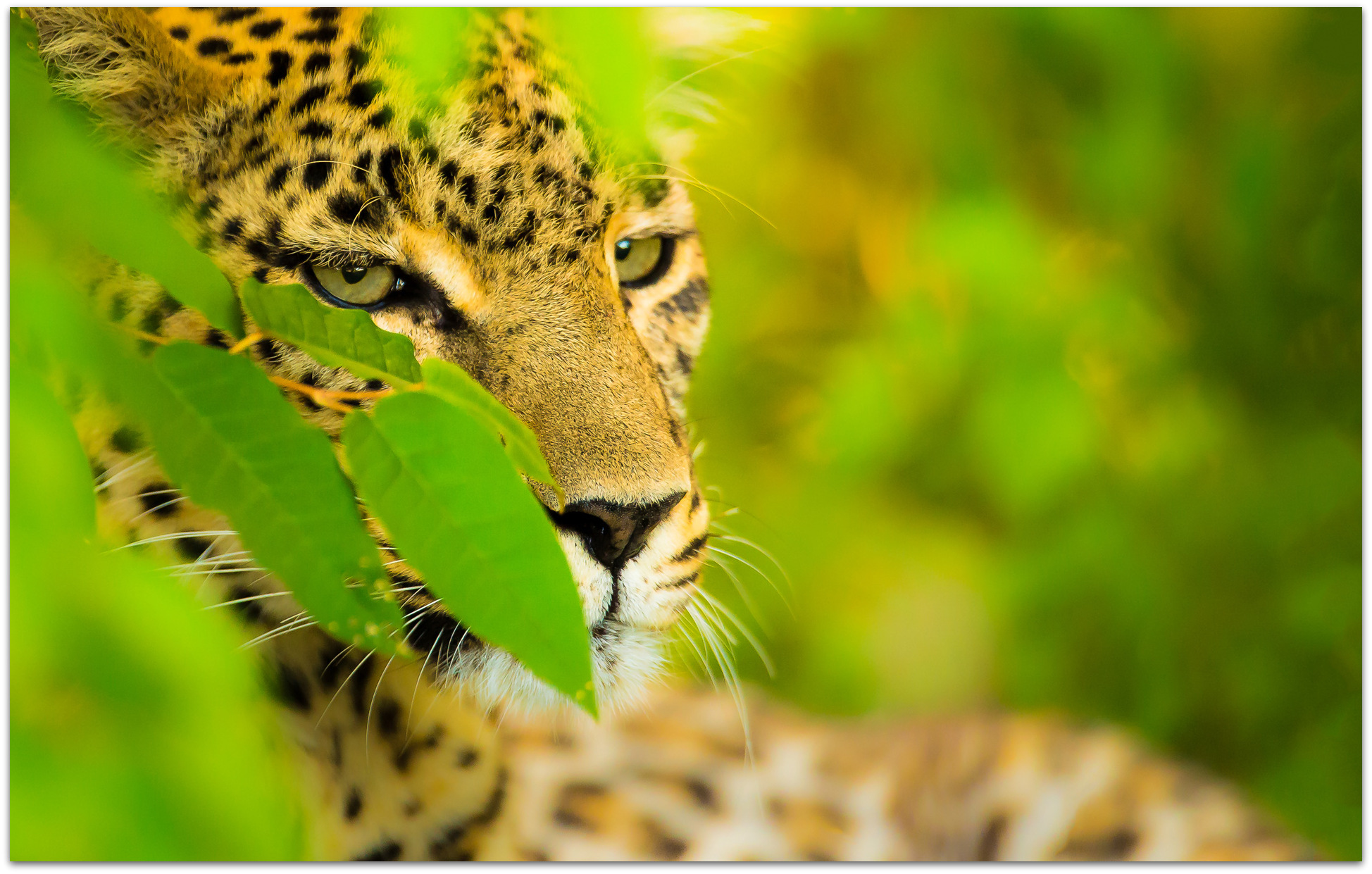
“Some photographers want their subjects to walk into full view; others capture each moment for what it is. This resting leopard provided the ideal opportunity to exploit the gaps in the vegetation to take close-ups and emphasise the animal’s habitat.”
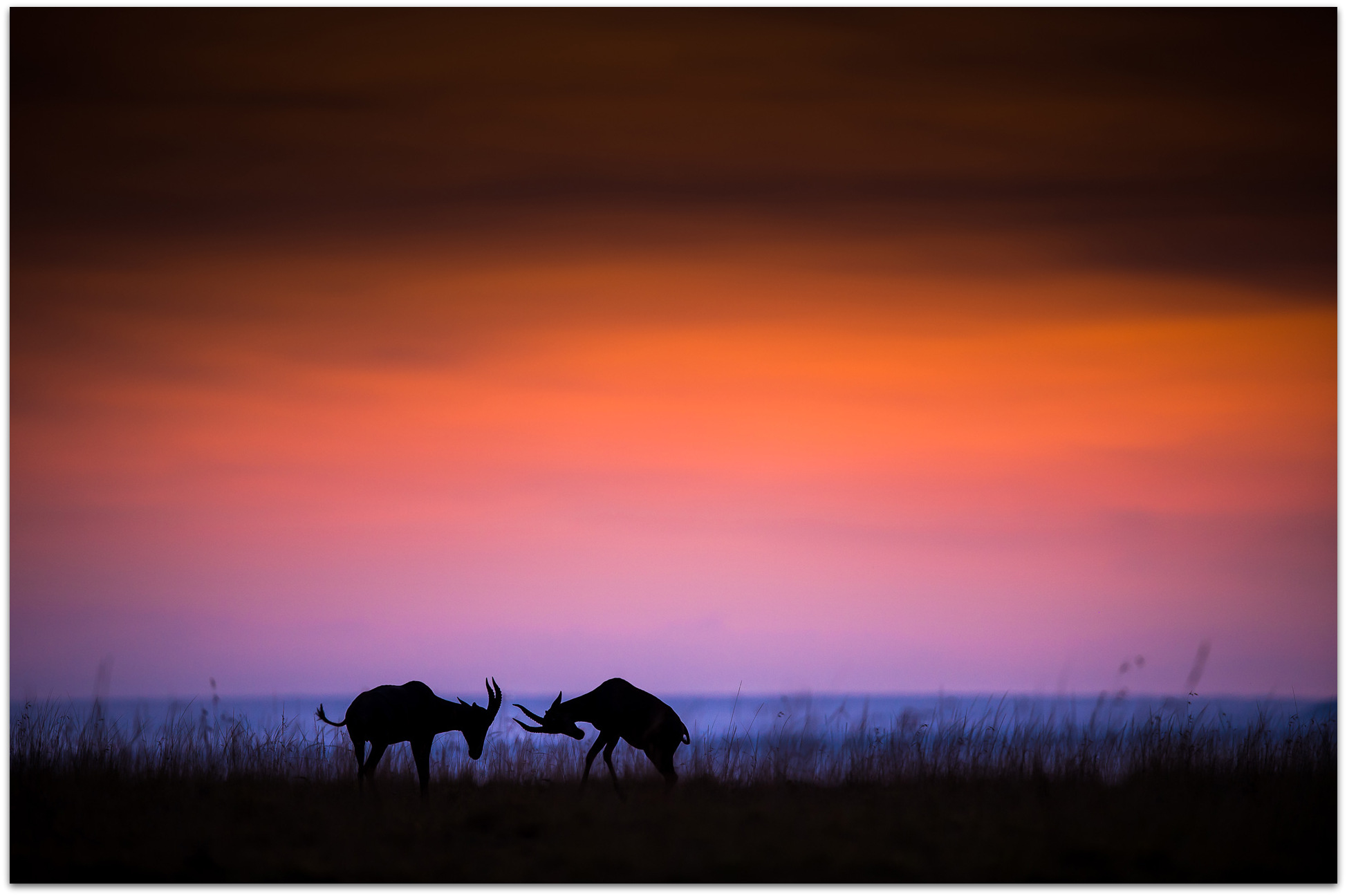
“This image of two topi sparring against a bruised and moody early morning sky was taken on foot, which we do as often as possible to achieve freedom of movement.”
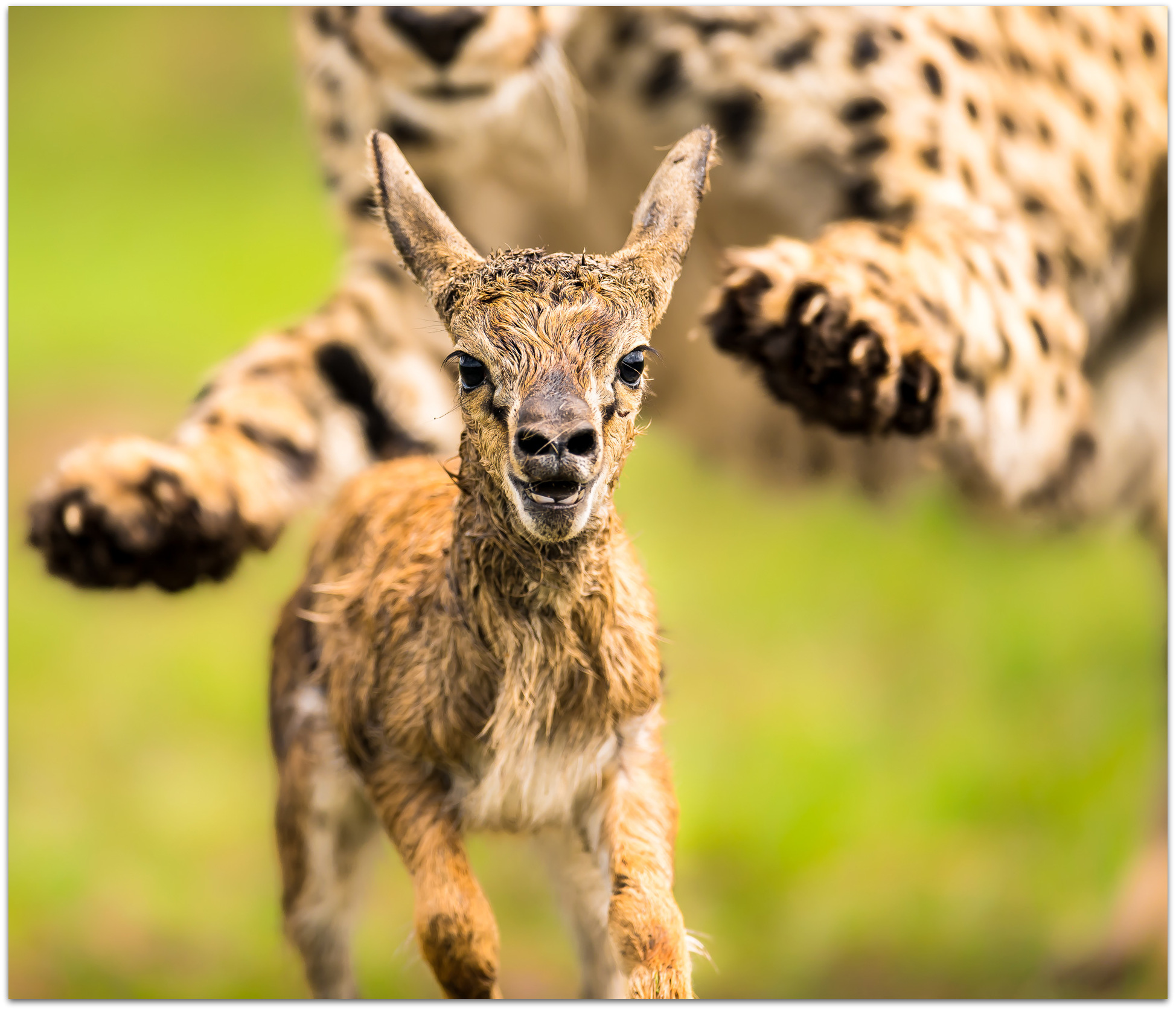
“Moments such as this cheetah hunting a newborn Thomson’s gazelle are rarely captured from this perspective. The young cheetahs played with the calf for almost 45 minutes before finishing it off. We were caught in the middle of the drama, and although we felt sorry for the victim, we also felt privileged to have witnessed this life and death struggle.”

“The tiny Kirk’s dik-dik is a common resident of the Maasai Mara. Understanding the habits of animals can be crucial to taking great photos. The shy dik-dik will usually run away from vehicles, but in this case, it had sensed a leopard and was standing still to avoid detection. We used the opportunity to observe and take fantastic photos of this reclusive species.”

“Wide-angle photography of lions with a specially built remote-controlled buggy with wifi control for the camera provides a different perspective. One has to be sensitive to the lion’s behaviour and make sure not to intrude or scare them.”
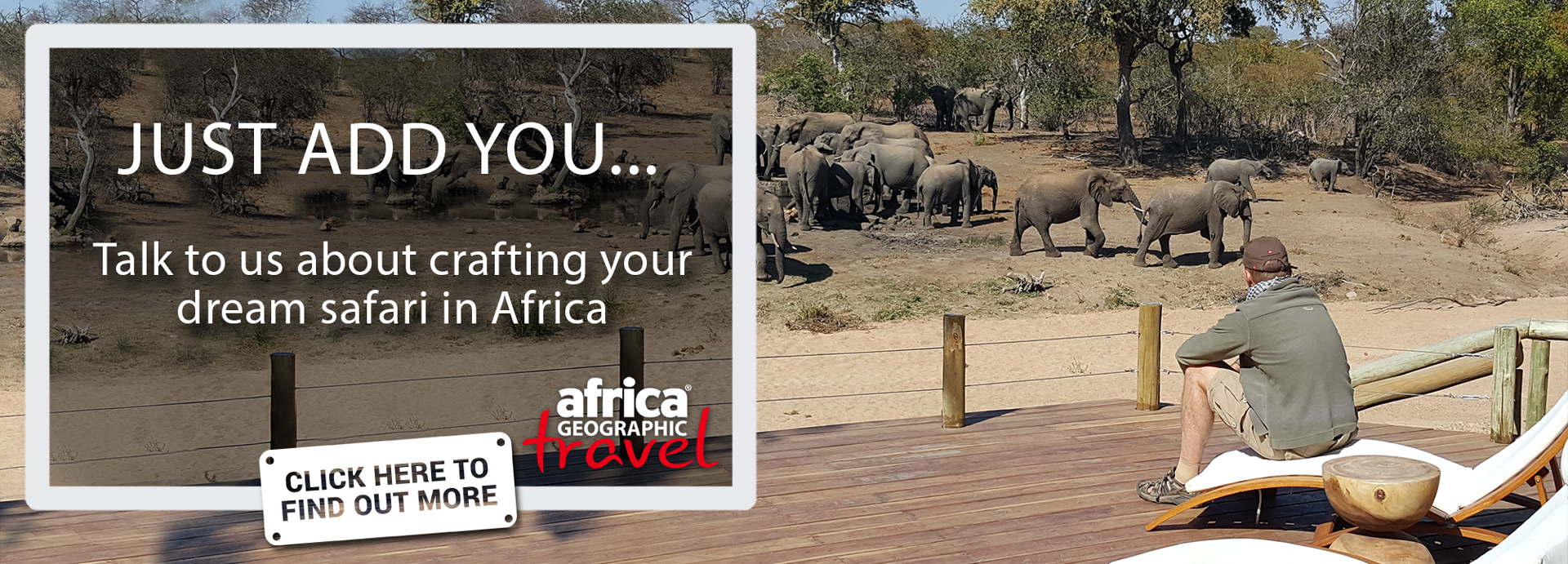
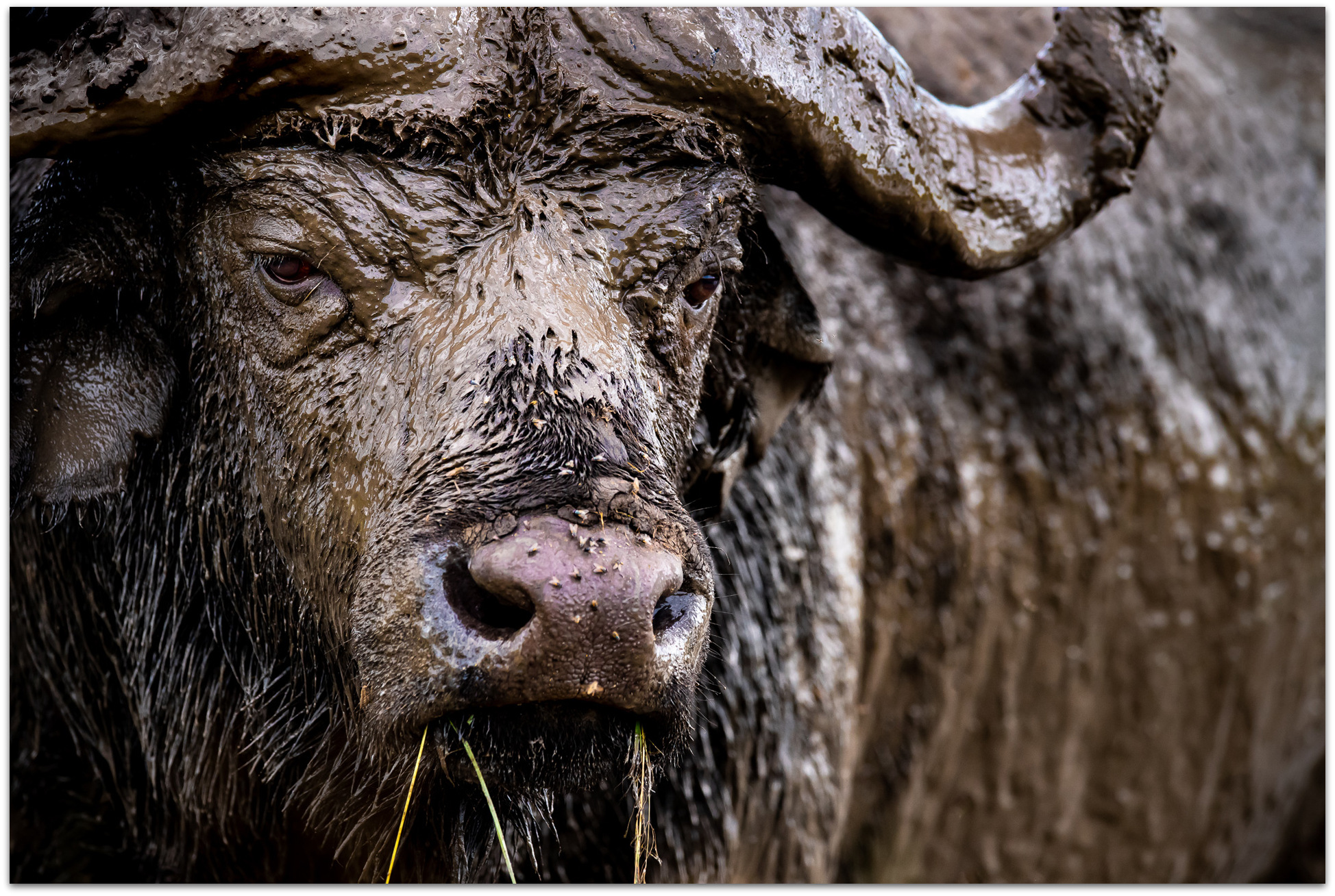
“Craggy buffalo males make for excellent photographic subjects, especially when covered in mud. This photograph was taken in harsh light, and zooming in allowed me to avoid the bright background, and I edited out the harsh glare.”
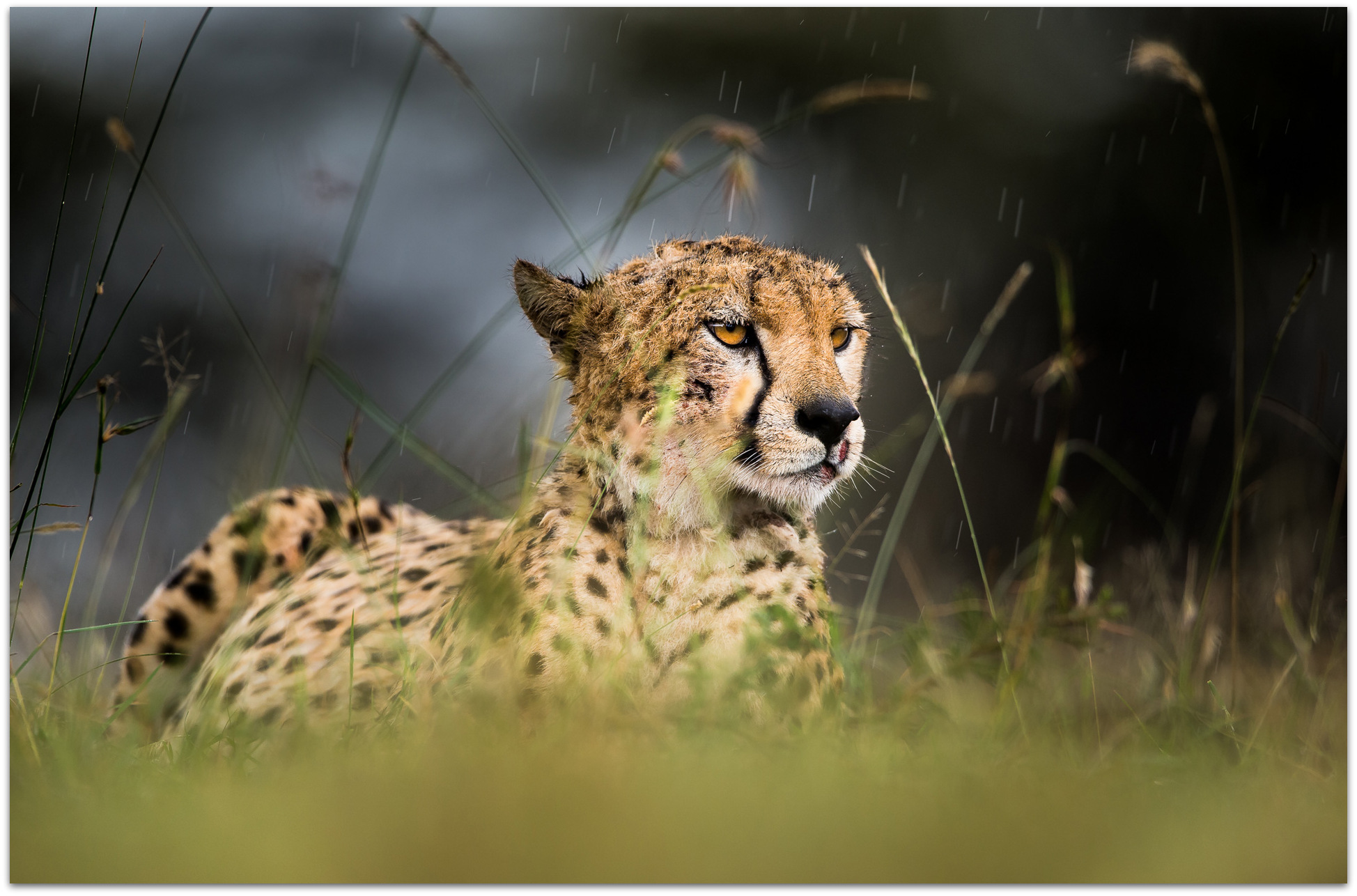
“Good photographers make use of ‘bad’ weather to capture intimate moments, often set against dramatic skies and the movement of driving rain. When shooting in the rain, you should choose a longer shutter speed than usual, depending on how hard the rain is. Use of a wide aperture provides the blurred foreground and background and enhances the sense of drama.”
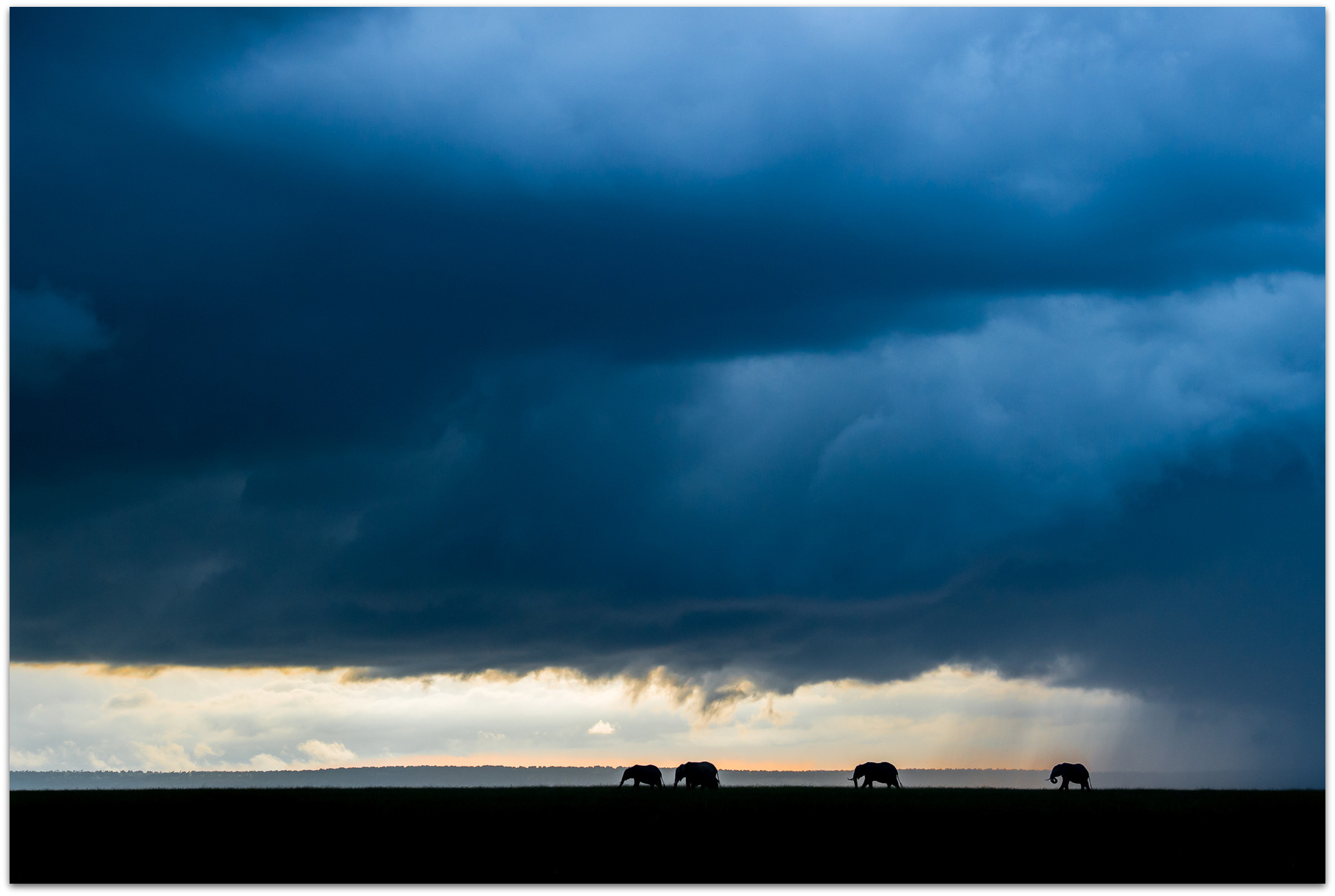
“The expansive Maasai Mara is the perfect canvas for herds of elephants set against dramatic, threatening skies. Photographing in silhouette emphasises the animals’ characteristics, and we actively seek out opportunities such as this during the early morning and late evening light.”
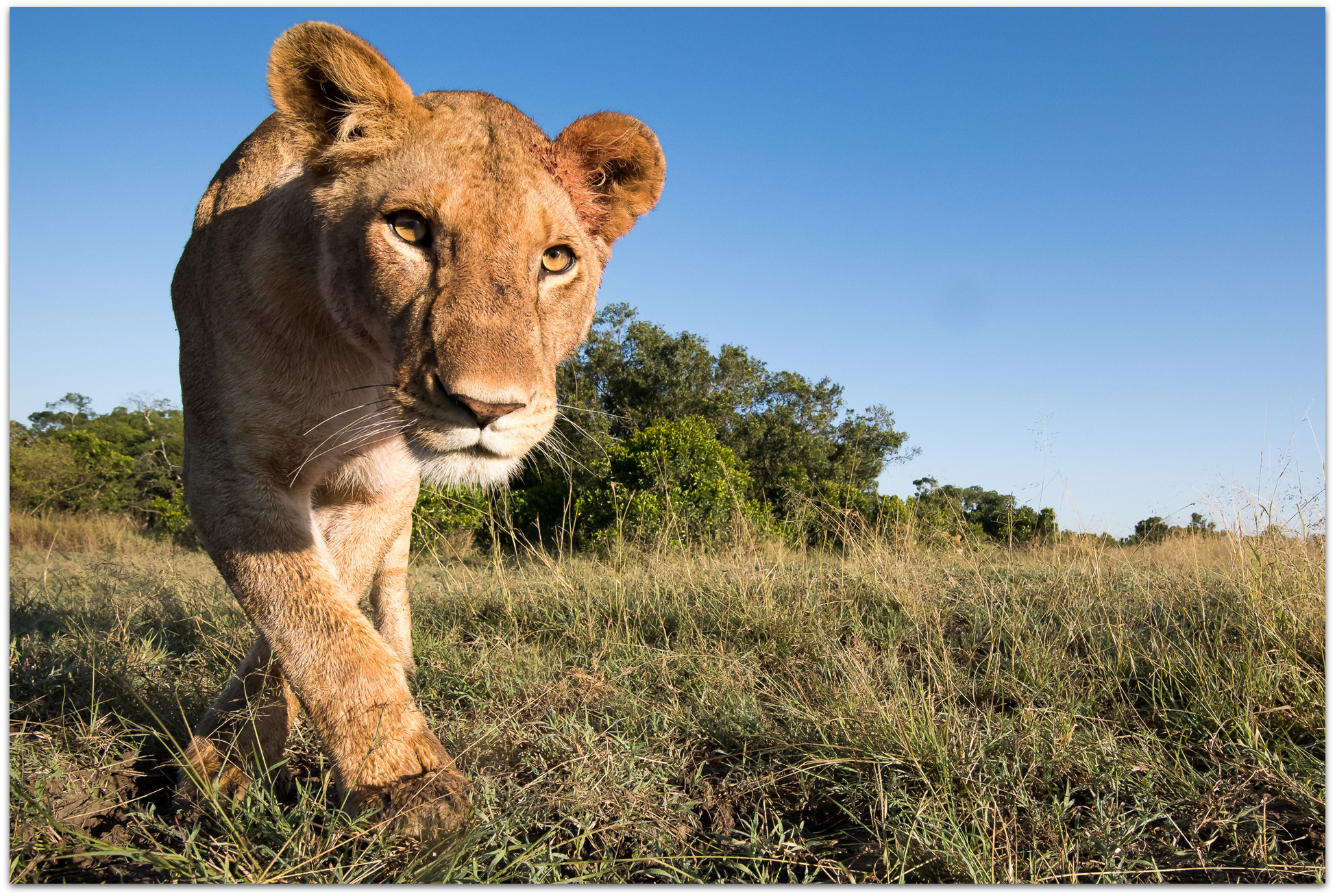
“Lions are curious creatures, and will often approach strange-looking objects to investigate. A low perspective is the alpha and omega, for both telephoto and wide-angle photography. Our safari vehicle is specially designed for low-angle photography.”
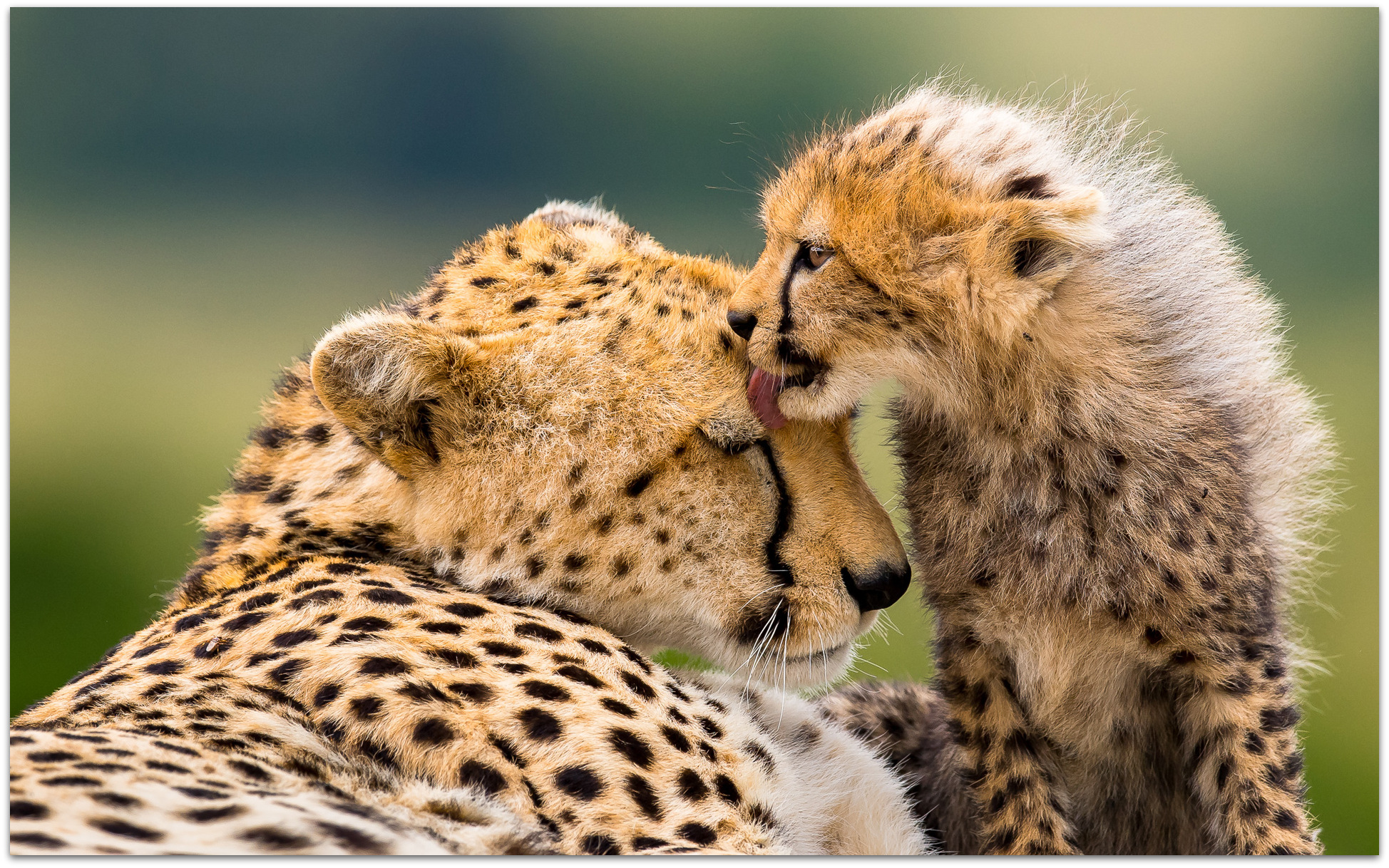
“This tender moment between a cheetah mother and her kitten is cropped tightly to enhance the feeling of intimacy. Catching interactions like this takes great patience, with moments like this often occurring unexpectedly and without warning. Having an off-road permit is crucial in that it gives us the freedom to spend time with the subject without the disturbance of other vehicles.”

“The ground-level perspective and subtle lighting against a moody backdrop enhance the sense of drama in this photo of a relaxed lion. The use of suitably angled torch light fills in the dark spots and adds a degree of drama.”
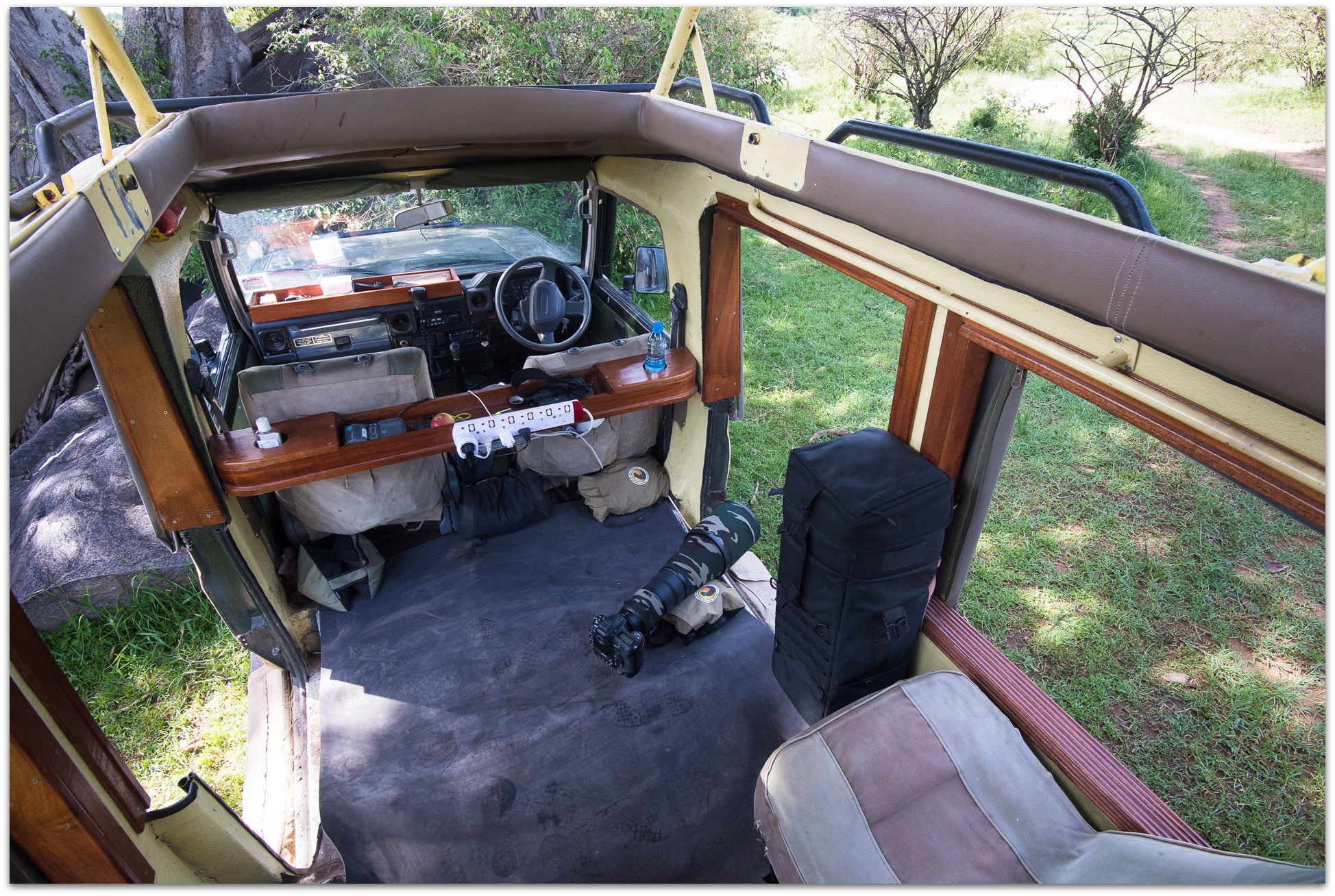
Arnfinn’s game drive vehicle is custom-built for photographers. The vehicle is spacious, with eight seats for four guests – allowing you to move around easily. The sides of the vehicle have no window glass, and low frames – for better panning and action photography. The roof is removable, allowing you to photograph from a high perspective.
It is also possible to remove one row of seats, to permit the lowest possible shooting angle. The vehicle has canvas instead of a back door, for photography at animal eye level. There are 230-volt power outlets for charging of batteries. The vehicle design also makes for easy use of tripods, monopods and bean bags. Beans bags of various sizes are provided.
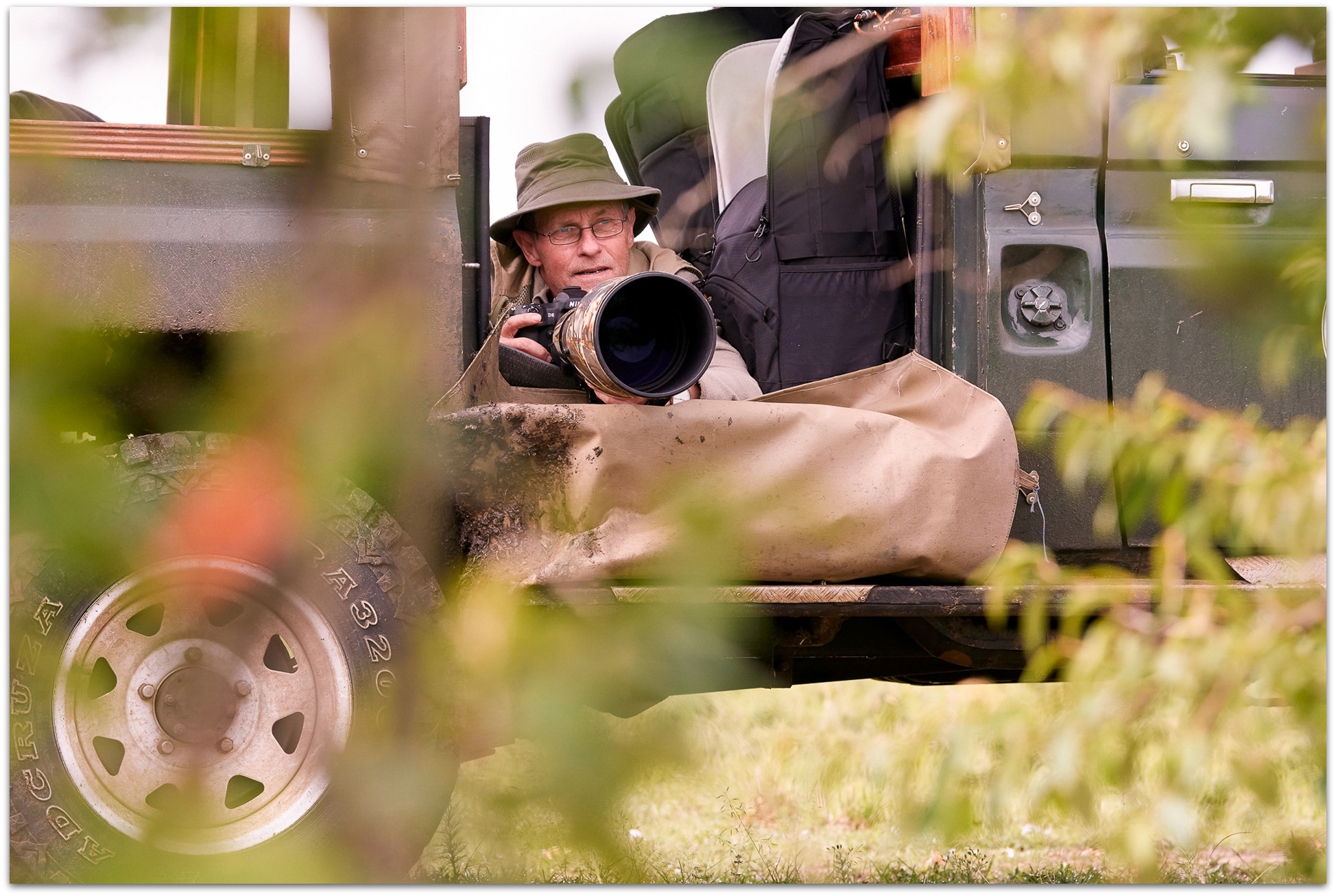
A guest demonstrates how Arnfinn’s specially-adapted game drive vehicle, with a safe ground-level vantage point, delivers angles and perspectives for epic photos and wonderfully intimate wildlife encounters.
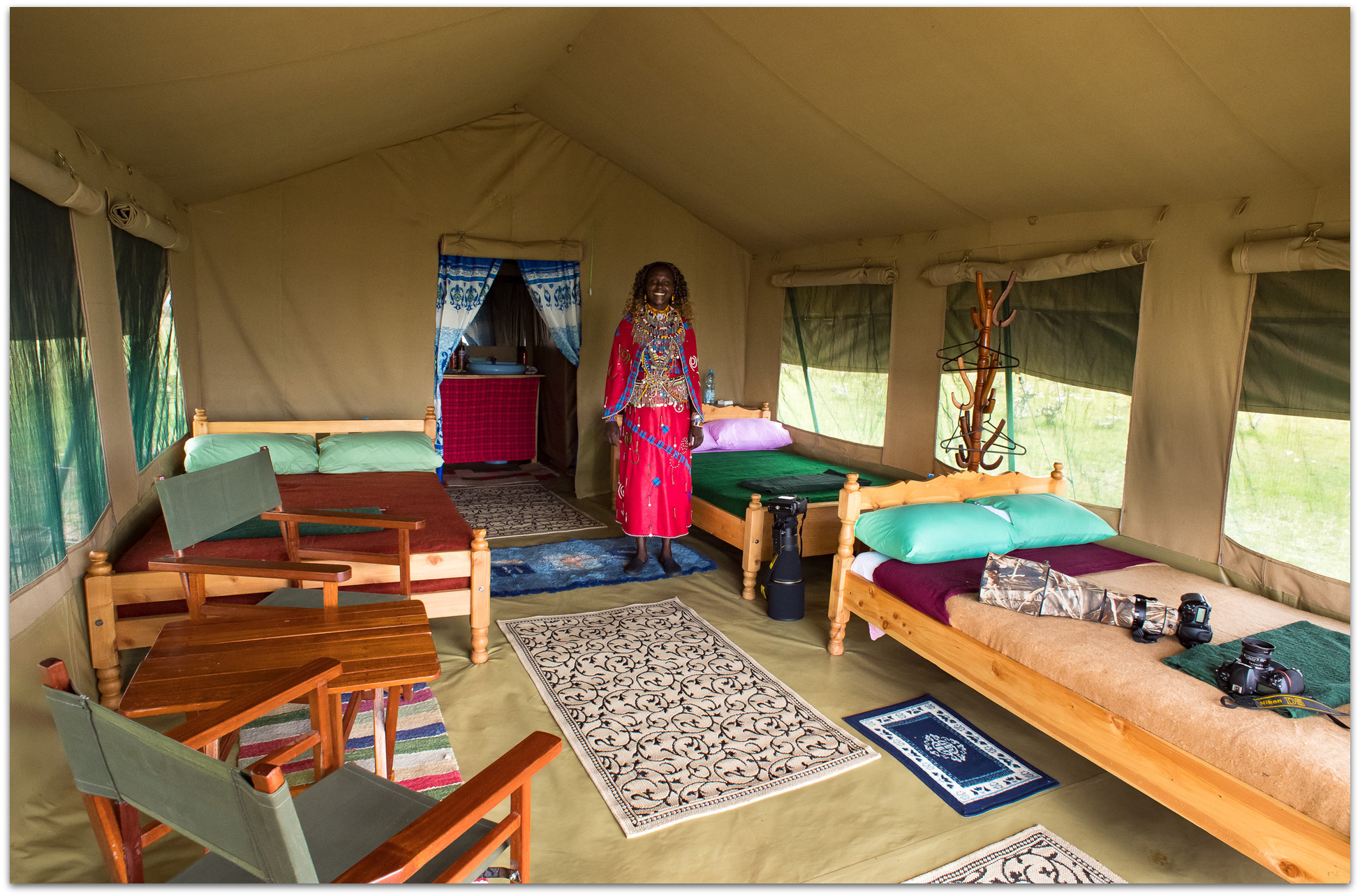
Your accommodation is in large canvas safari tents, with en-suite bathroom facilities (including shower and flush toilet) and plenty of room to organise your camera equipment for each day’s adventure.
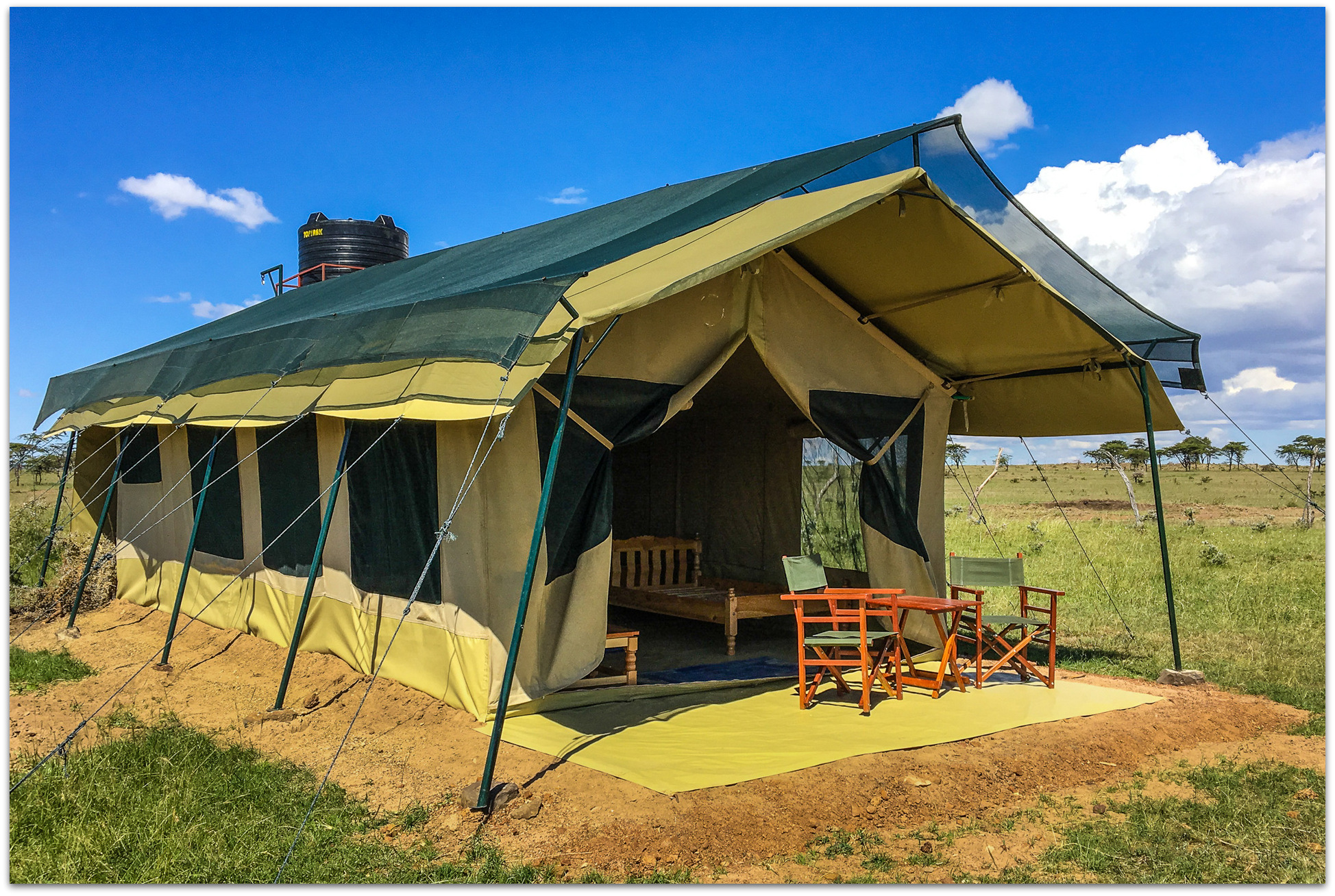
Your basecamp is on the outskirts of a Maasai village bordering the Maasai Mara, with daily game drives in the reserve. This unique positioning offers a unique and authentic insight (and excellent photographic opportunities) into the traditional lives of these pastoral herdsmen. This unique safari provides genuine empowerment to local people who live amongst the Maasai Mara wildlife, there being no fences to restrict the movement of wildlife. ![]()
To comment on this story: Login (or sign up) to our app here - it's a troll-free safe place 🙂.![]()




